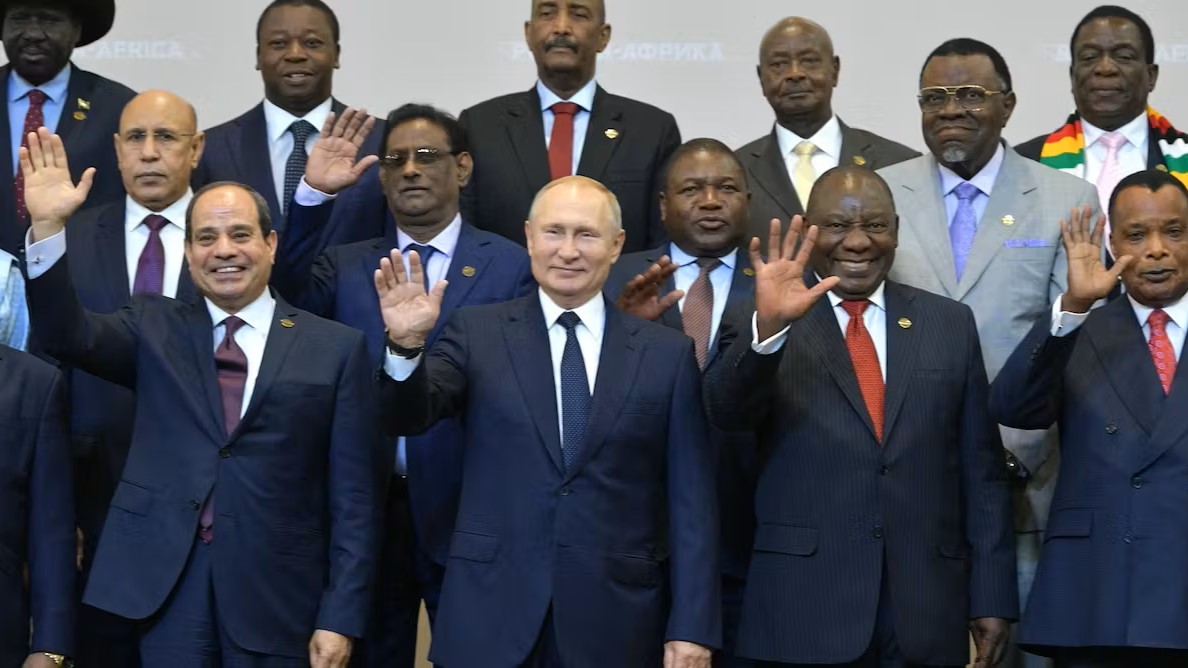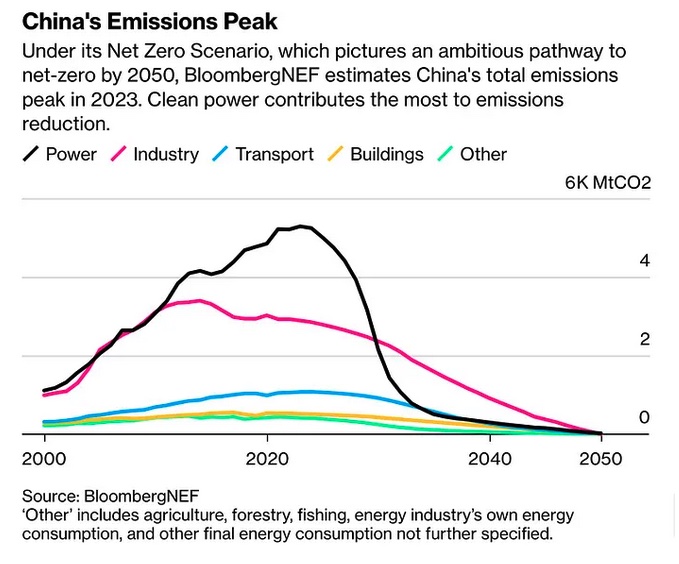The above image shows Slim Pickens riding a U.S. nuclear missile to its target, from “Dr. Strangelove” (1964)
With this week’s unveiling of yet more indictments of former Pres. Donald Trump and the defiant (Trump-stoked) reaction of his supporters to the indictments, the U.S. governance system now looks closer to suffering a major, systemic collapse than at any point since 1787.
Given the United States’ possession of a mega-capable nuclear arsenal, any such collapse would have massive—potentially existential—consequences for all of humankind. Policymakers and publics worldwide need to start planning how to forestall the worst possible consequences of any such scenario. Starting now.
I don’t think I’m being alarmist. I lived and worked in Lebanon for the first six years of that country’s civil war (1975-81.) I have done in-depth reporting in two other countries recovering from civil wars (Mozambique and Rwanda), and conducted research in other conflict zones. Now, living here in Washington DC I can sense the extreme risk posed to this country’s political system by the battling narratives, the sharp erosion of trust in national institutions, the greed, the positioning, the exchange of harsh accusations, and the mounting fear and intolerance.
But the United States is not Lebanon. It is not Mozambique, or Rwanda, or any of the numerous other countries wracked by civil wars in recent decades. This is a polity that has sat at the apex of the world system since 1945. Its massive, extremely capable military is deployed on every continent. And did I mention the nuclear arsenal? An internal political implosion in this country would be far more momentous for humanity than any of those other civil wars.
Continue reading “The global risks of a U.S. governance collapse”











